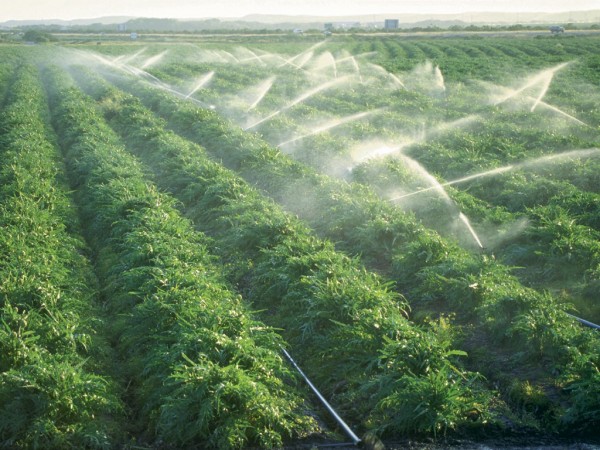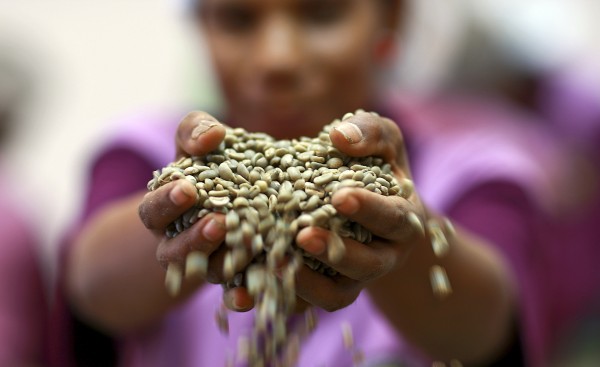

Africa still grapples with challenges related to basic needs like food, education and proper healthcare. There are a number of reasons for this, such as food security being a real issue; most countries are still fighting to keep the citizens satisfied. Food prices have also become high and volatile. Therefore in order to adequately address these challenges, it is important that countries relook the way they handle Agricultural production.
There is need for a total transformation of agricultural practices, and it is everybody’s business because in order for a country to develop in other aspects, which in turn improves one’s quality of life, it first needs to master its basic food needs. Once that is handled, everything else will follow. Below are some ways that will help African countries achieve this dream:
Focus on Higher-impact Initiatives
In many countries, the plans formulated in agricultural production are broad and diffuse, with attempts to cover multiple regions and sectors with limited resources for achieving the goal. Here’s a simple example; the plan of Liberia has 21 initiatives across multiple subsectors, with about three to six activities per initiative. This is a tall order for the Liberian government, considering the fact that this is a country that is barely emerging from war and is still struggling with the challenges of reconstructing basic infrastructure.
It is important that governments make plans that are as targeted and explicit as possible. This can happen through concentration of investment on a value chain of a “breadbasket” region that is positioned for large productivity increases, or even on an infrastructure corridor. It would be prudent for countries to move sequentially, taking lessons from success in one region or sector before stretching out investment to other parts.
Morocco proves a good case example in this area. The country shifted focus from the support of staples to investment in a few high-value crops that could act as acceleration to GDP growth leading to a rise in income for smallholder farmers. It is important to point out that the country has gone more than halfway towards the achievement of its target of conversion of 30,000 hectares of land from the cultivation of cereals to the production of citrus fruits and tomatoes, which were considered high value crops.

Another success story can be drawn from Ethiopia, which shifted to the cultivation of sesame and cut flowers for the export market. There was a close collaboration between the government and the private sector, which facilitated strong year-on-year report growth in an agricultural sector that had been stagnant for a long time. Currently, the fastest growing exports in Ethiopia are oilseeds and flowers as per the latest statistics.
Development of Markets to Provide Supply Measures
Most plans on agricultural development center around the supply side interventions like improved seed varieties and fertilizers, while paying very little attention to the aspect of demand, which in essence is the most important since the increased production ends up there. Unless the important questions about demand are addressed by the planners, the increase in production will not end up in economic gains.
After the subsistence requirements of the families of the producers, as well as the local families have been met, there are three other main sources of demand that can be tapped into.
These include food processing, domestic urban markets, and the export market – either regional or international. In Morocco for instance, the government facilitated the export of high-value crops to Europe through a combination of technical assistance, economic and political measures. These may include guidance to farmers to meet the European certification requirements.
Finally, food processing is another area that can be tapped into in dealing with demand. In fact, food processing is an attractive venture for many governments since it addresses more than one issue at a go; it creates demand for agricultural products and it is also a job creator.
African countries can capitalize on the food processing sectors by cutting export taxes on the processed goods. Agricultural change is the new way to tap into other developments and help a country progress. The case of both Cote d’Ivoire and Ghana can be used to illustrate this since the two governments have used reduced export taxes to increase their share of cocoa processed in the country to up to 50 percent currently, from less than 10 percent back in 2000.











